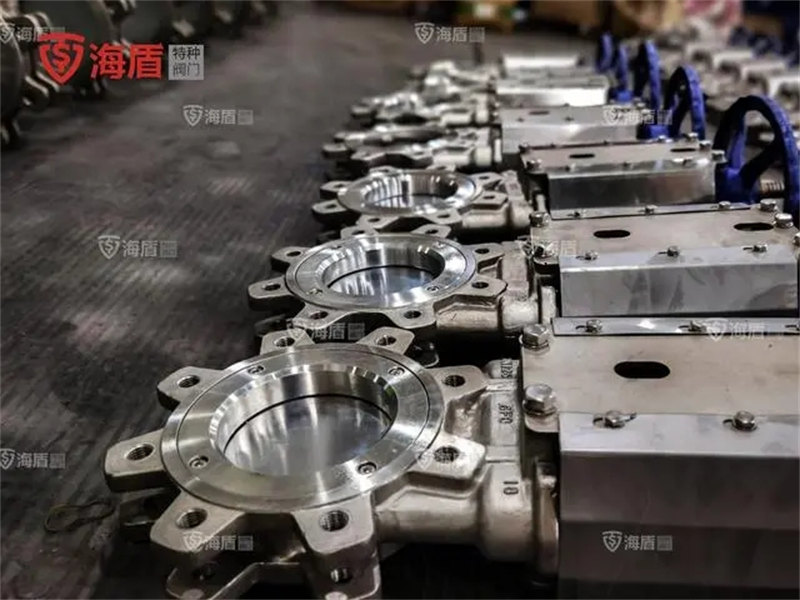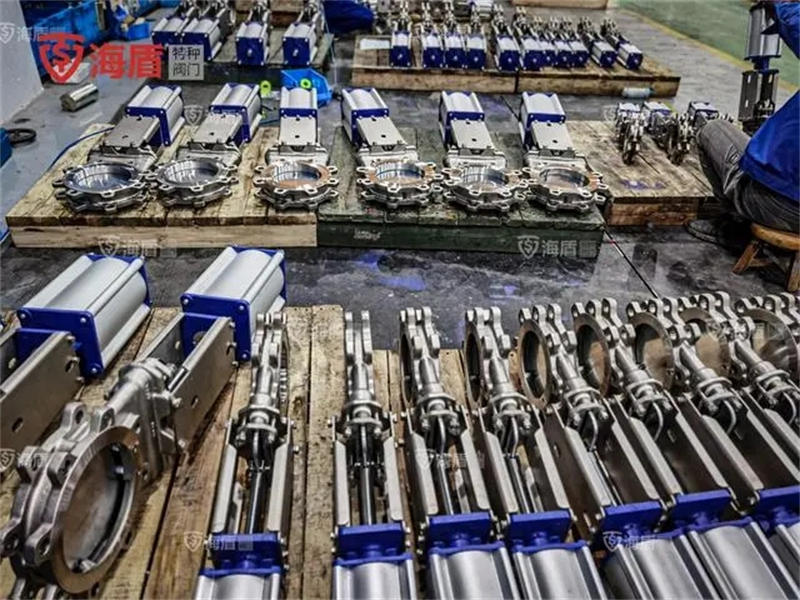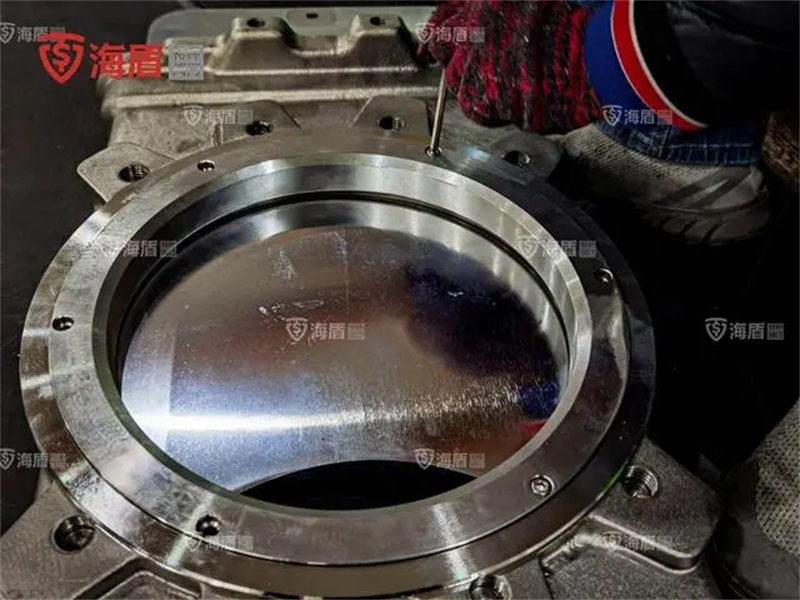Knife gate valves have several advantages in specific applications, making them a valuable choice for valve selection. Here are some advantages of knife gate valves:

Quick Fluid Shutoff: Knife gate valves can close rapidly, cutting off fluid flow. This makes them very useful in situations where there is a need for quick cessation of fluid flow, such as leak control or emergency shutdowns.
Low Pressure Drop: The design of knife gate valves typically allows fluid to pass through with a relatively low pressure drop, reducing energy consumption and operational costs.
Simple Structure: Knife gate valves generally have a relatively simple structure with fewer components. This simplicity makes them easy to manufacture, install, and maintain.

Reliable Sealing Performance: Knife gate valves typically exhibit reliable sealing performance when in the closed position, effectively preventing fluid leakage. This is crucial for applications where sealing performance is a high priority.
Suitable for High Temperatures and Pressures: Some knife gate valve designs are suitable for high-temperature and high-pressure conditions, making them versatile for various industrial applications.

Corrosion Resistance: Depending on material selection, knife gate valves can have good corrosion resistance, making them suitable for environments with corrosive media.
Cutting Capability: The design of knife gate valves allows them to effectively cut and shear solid particles in the fluid, making them particularly suitable for applications with suspended solids.

Wide Applicability: Knife gate valves can be used with various media, including liquids, gases, and powders, making them suitable for multiple industrial fields.
Despite these advantages, it's important to note that knife gate valves also have limitations, such as their unsuitability for flow control applications and applications requiring high-precision control.
Therefore, when selecting a valve, it's essential to consider both its advantages and limitations based on the specific requirements and conditions of the application.


















